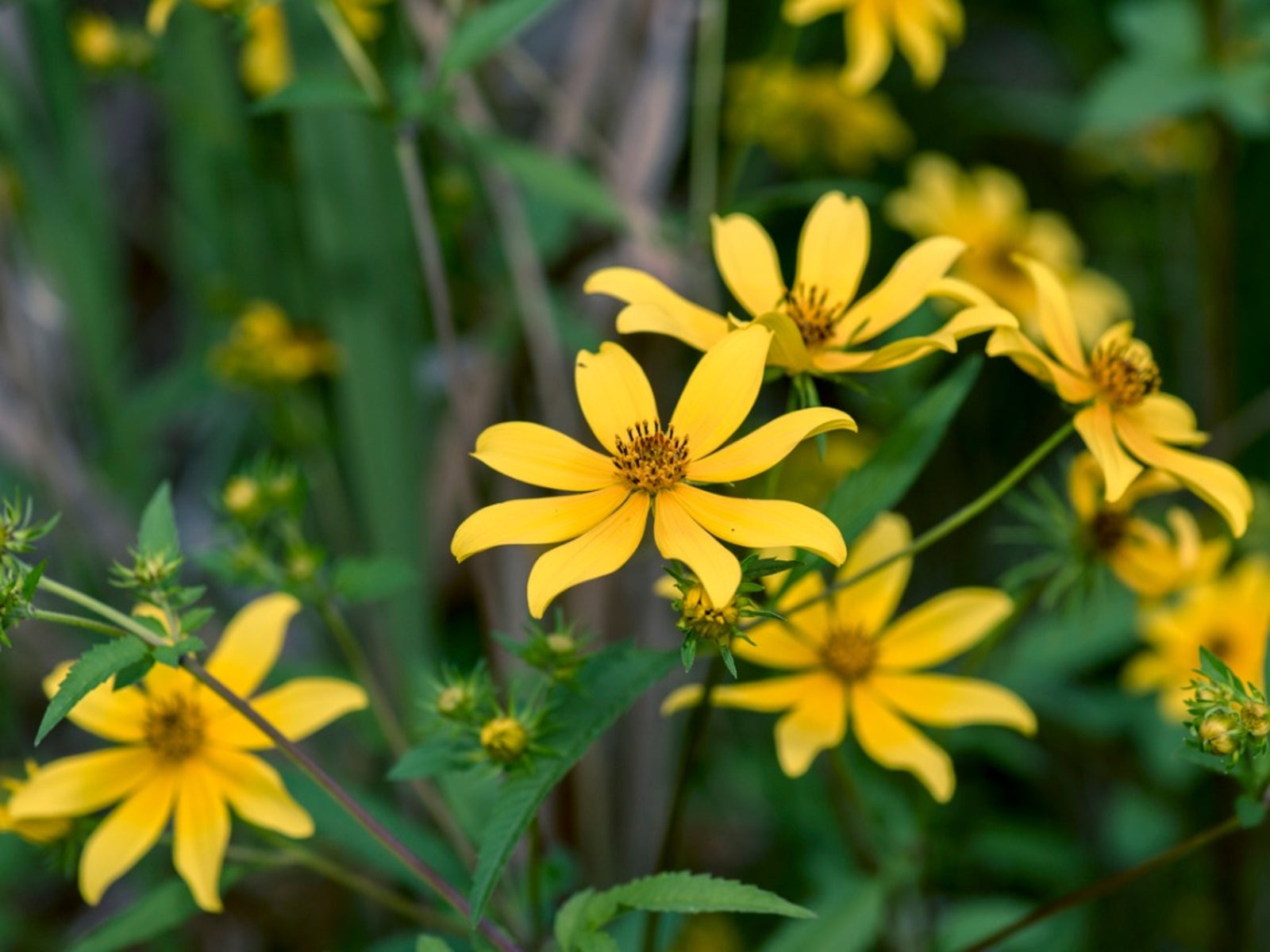Control Of Beggarticks: How To Get Rid Of Beggartick Weeds
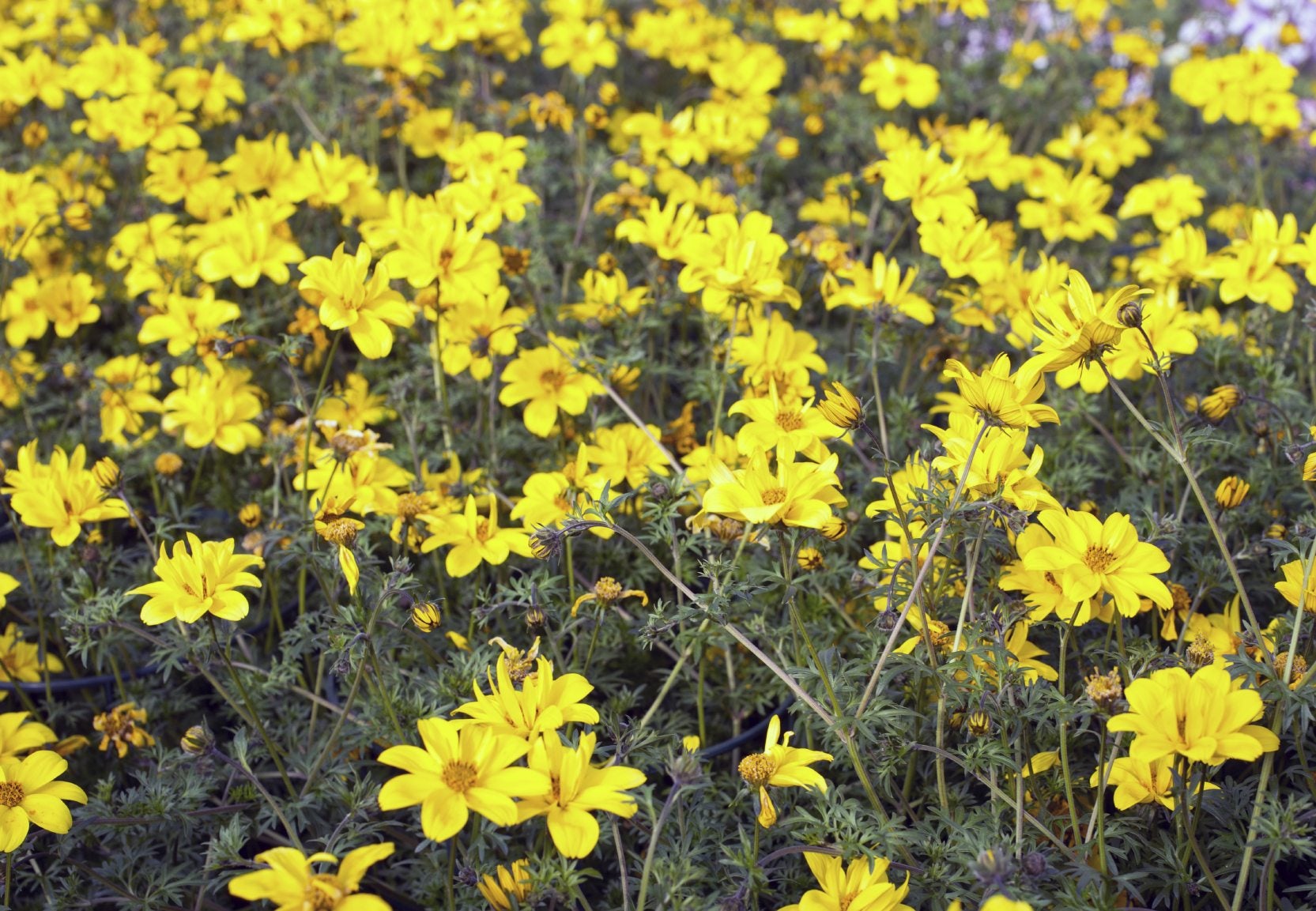
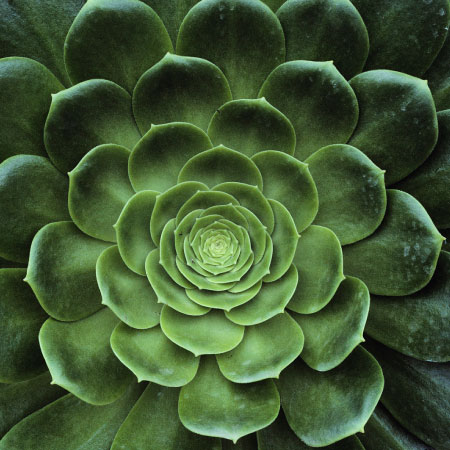
What are beggarticks? Beggartick weeds are stubborn plants that create havoc across much of the United States. You may know this plant as bearded beggartick, tickseed sunflower, or swamp marigold, and you may be wondering how to get rid of beggartick weeds. If this sounds like you, read on for helpful information.
About Common Beggartick Plants
What are beggarticks? Common beggartick plants are members of the aster family, and the bright yellow flowers resemble daisies. The slender, leafy stems can reach heights of 1 to 5 feet (31 cm. to 1.5 m.). The dull green leaves are sharply toothed along the edges. If you have common beggartick plants in your lawn or garden, you already know how troublesome they can be. You know how the stickery, fishhook-like seeds grab hold of whatever they touch, and you’ve probably spent hours picking the pesky things out of your socks or your dog’s coat. This handy little adaptation ensures that the plant spreads quickly when the sticky seeds catch a ride on an unsuspecting host. What you may not realize is that common beggartick plants, which are found around ponds and marshes, along roadsides and in damp ditches, pose serious threats to the environment when they crowd out native plants.
How to Get Rid of Beggarticks
Control of beggarticks requires dedication and persistence. Frequent mowing is the best way to prevent the plant from going to seed and stop the rampant spread. The plant is easy to pull from moist soil, but be sure to dispose of the plants securely, especially if the plant is in flower. If beggartick is in your lawn, keeping the turf healthy will prevent the plant from taking over. If the plant is out of control, you can use an herbicide. Use the product strictly according to label recommendations, and keep in mind that many herbicides kill every plant they touch. It’s also important to note that many states regulate application of herbicides in aquatic areas. Note: Chemical control should only be used as a last resort, as organic approaches are safer and much more environmentally friendly.
Gardening tips, videos, info and more delivered right to your inbox!
Sign up for the Gardening Know How newsletter today and receive a free copy of our e-book "How to Grow Delicious Tomatoes".

A Credentialed Garden Writer, Mary H. Dyer was with Gardening Know How in the very beginning, publishing articles as early as 2007.
-
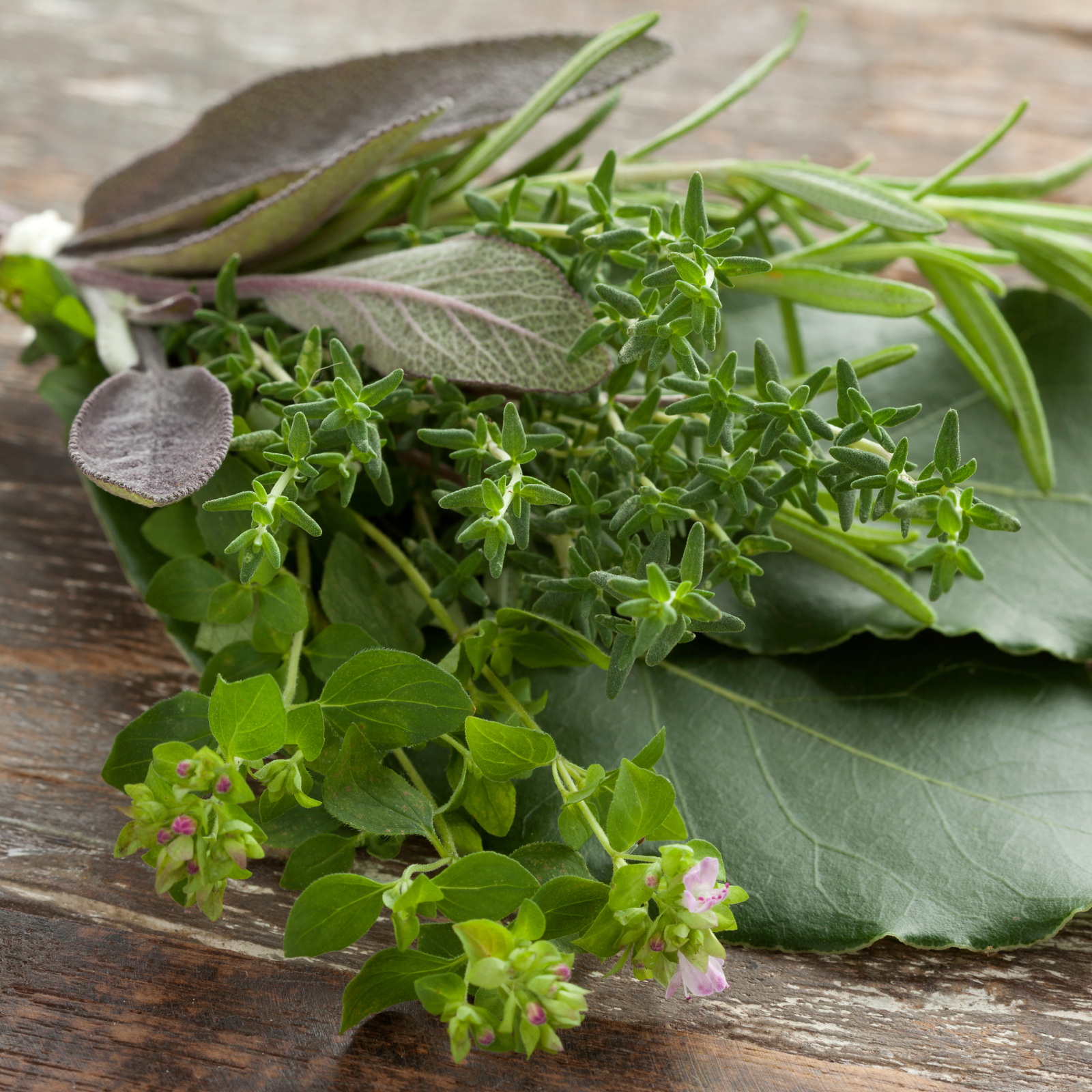 How To Make A Bouquet Garni Or Herb Bundle For Cooking
How To Make A Bouquet Garni Or Herb Bundle For CookingIf you’re a great cook, you may have made an herb bundle before. If this is a new idea, learn how to add sparkle and interest to your dish with a bouquet garni.
By Amy Grant
-
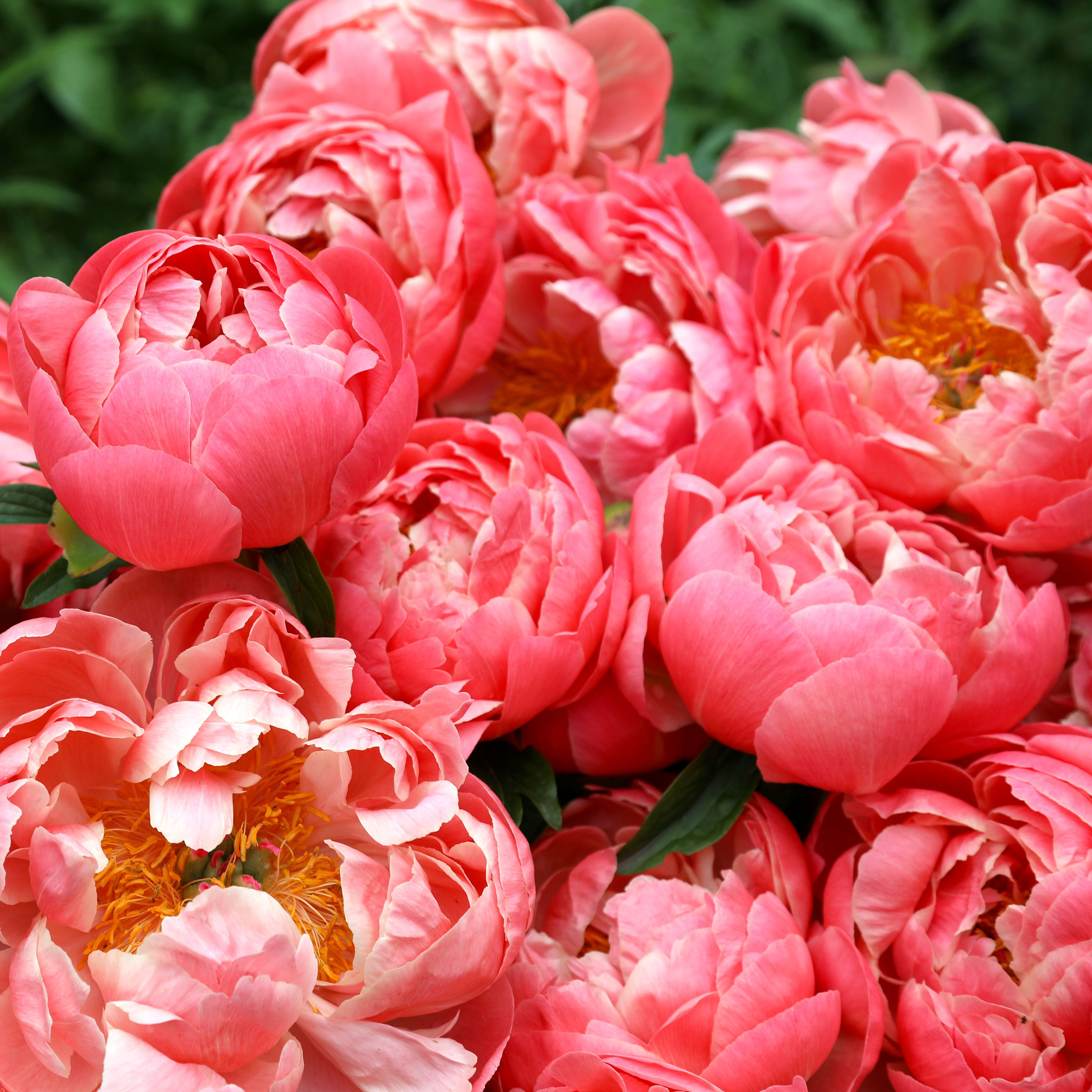 ‘Coral Charm’ Peony Care For Sublime Semi-Double Peonies With Lush Salmon Pink Flowers
‘Coral Charm’ Peony Care For Sublime Semi-Double Peonies With Lush Salmon Pink FlowersPeonies are known for their soft baby pink or magenta tones, but if plushy coral blooms are your thing, here’s our guide to the ultimate ‘Coral Charm’ peony care
By Tonya Barnett
